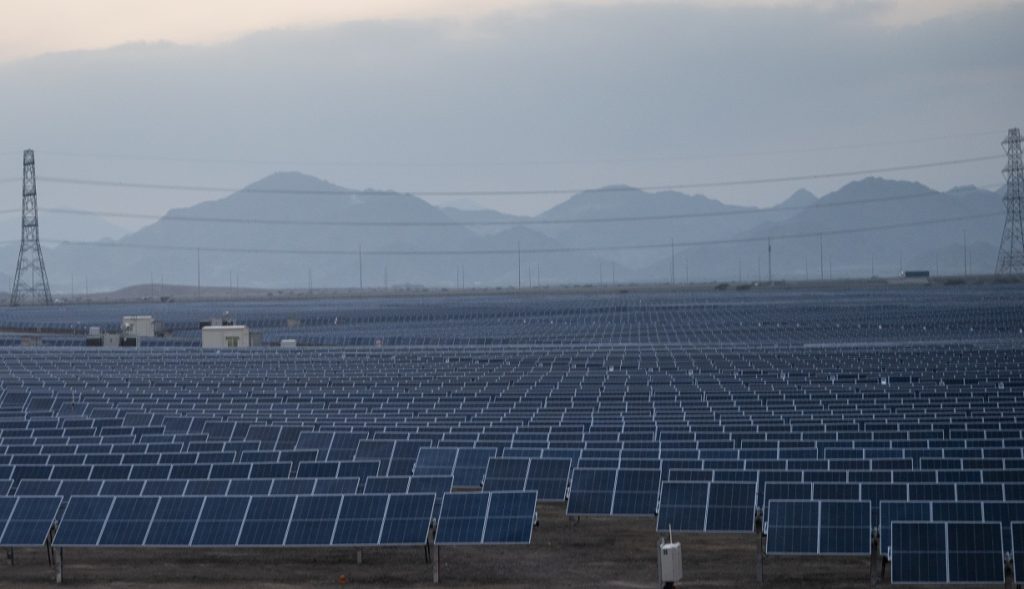
India-based EPC and O&M solutions provider Sterling and Wilson has approved an allotment of equity shares that will give Reliance New Energy Solar a 15.46% stake in the company.
Valued at INR 11 billion (US$147 million), the deal forms part of a series of transactions announced in October that will see Reliance New Energy Solar purchase 40% of Sterling and Wilson. The acquisition was approved by the Competition Commission of India last month.
Try Premium for just $1
- Full premium access for the first month at only $1
- Converts to an annual rate after 30 days unless cancelled
- Cancel anytime during the trial period
Premium Benefits
- Expert industry analysis and interviews
- Digital access to PV Tech Power journal
- Exclusive event discounts
Or get the full Premium subscription right away
Or continue reading this article for free
With a presence spanning 25 countries and a pipeline of more than 4GWp under development, Sterling and Wilson provides solar solutions including design, procurement, construction, project management and operations and maintenance.
A subsidiary of Indian conglomerate Reliance Industries, Reliance New Energy Solar touted Sterling and Wilson’s engineering and project management skills when the deal was announced.
Reliance Industries chairman Mukesh Ambani said the EPC will become an important part of his company’s solar value chain, adding: “This will enable us to deliver our comprehensive, end-to-end ecosystem leading to cost-efficient green energy for Indian consumers.”
Reliance last year unveiled a US$10.1 billion clean energy plan that will see it aim to support 100GW of solar by 2030 as well as set up production plants for PV, battery storage and green hydrogen.
Coinciding with the Sterling and Wilson deal, Reliance New Energy Solar acquired solar module manufacturer REC Group for US$771 million to support the Norway-headquartered company grow its solar manufacturing capacity to more than 5GW.
Reliance plans to use REC’s technology in an integrated solar manufacturing facility it will set up in the Indian city of Jamnagar with an initial capacity of 4GW that could eventually rise to 10GW.





